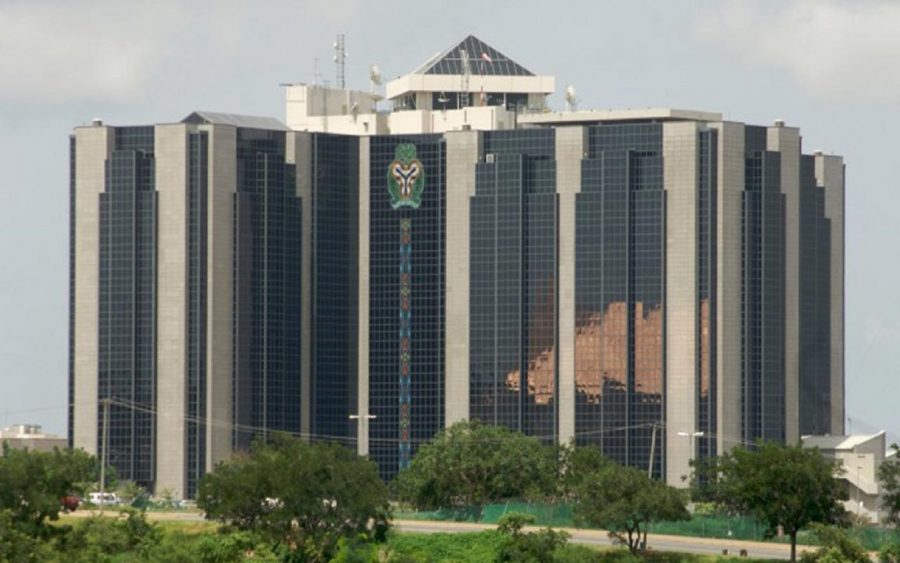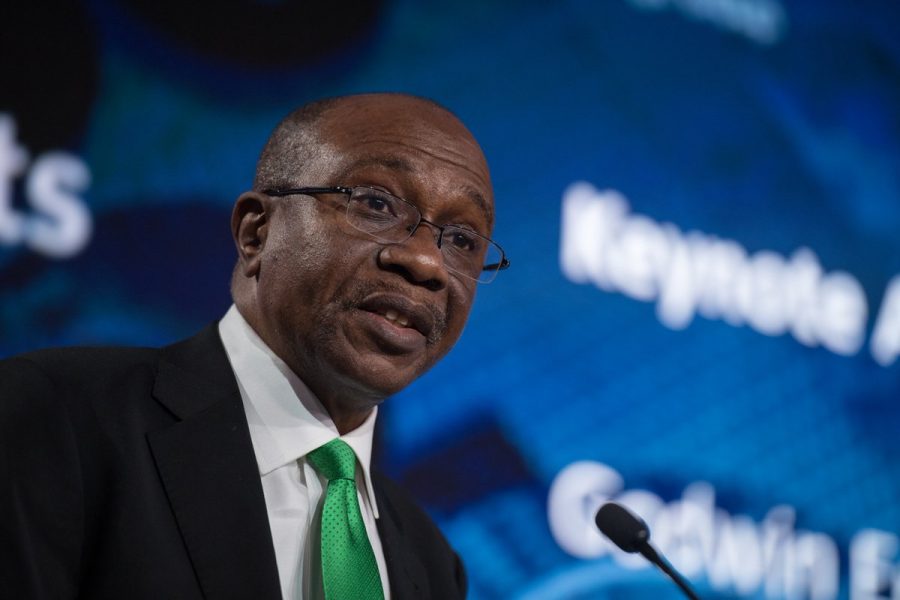The Monetary Policy Committee of the CBN has left the Monetary Policy Rate at 14% and all other variables unchanged. Liquidity ratio was left at 30%, Cash Reserve Ratio at 22.5%, and the asymmetric corridor unchanged at +200/-500 basis points.
CBN Governor Godwin Emefiele announced this at the end of today’s meeting, which is the last for the year. All 11 members present at the meeting voted for a HOLD.
The HOLD decision means the rates have been left unchanged for the 18th consecutive time since July 2016.
What do the variables mean?
MPR is the interest rate at which CBN lends to the commercial banks. The MPR is the benchmark against which other lending rates in the economy are pegged and is usually used as an instrument to moderate inflation in the economy.
CRR simply refers to the ratio of customer deposits (i.e. your money in the bank) banks are expected to hold as cash or keep with the CBN.
Liquidity ratio refers to the amount of highly liquid assets that banks should hold in order to meet their financial obligations to customers.
The asymmetric corridor is the range within which the MPR can be increased or decreased.
The move was expected
Nairametrics in a piece written prior to the meeting had predicted that rates would remain unchanged. Rising inflation which had been the key driver being a push for an increase in the MPR surprisingly dropped.
Figures released by the National Bureau of Statistics (NBS) yesterday, show inflation increased by 11.26 per cent (year-on-year) in October 2018. This was 0.02 per cent points lower than the rate recorded in September 2018 (11.28 per cent).
The Governor at the CFA Investor conference held some weeks ago, expressed comfort in leaving the rates unchanged, comparing it to other climes like the UK, which had left theirs unchanged for a long time.
“Similarly, the bank of England raised its policy rate in August 2018, for the first time since 2008 that means ten years. So those of you on the day of MPC, that sit down on television and say CBN, for two years, has not touched policy rate, does it mean they don’t know what to do? There are other climes where policy rates have not been adjusted for ten years.”
















